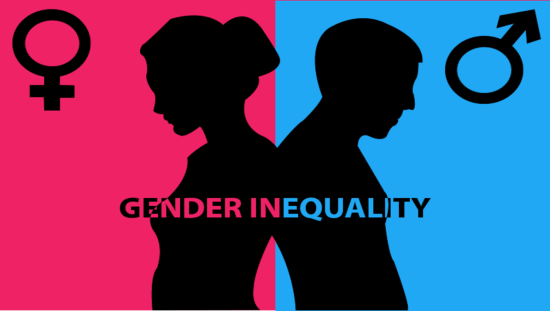Population Growth
The term “population growth” refers to how the number of individuals in a population increases with time. This growth is controlled by the rate at which new individuals are added to the population — the birth rate, and the rate at which individuals leave the population — the death rate.
There are three things that affect the population size of the world:
- Birth rate – the number of alive babies born per thousand of the population per year.
- Death rate – the number of deaths per thousand of the population per year.
- Migration – the movement of people from one place to another with intentions of settling, permanently or temporarily, at a new location.
When the birth rate is higher than the death rate, more people are being born than are dying, so the population grows. This is called natural increase. When the death rate is higher than the birth rate. This is called the natural decrease.
Population Situation in Pakistan
Pakistan is the sixth most populous country in the world with its population estimated at 207.8 million in 2017. Its population growth rate of 2.40 percent is the highest in South Asia and stands in sharp contrast to the 1.0–1.5 percent growth rate of other South Asian countries. Pakistan’s population has increased by more than six-folds since the first post-independence census held in 1951. This massive growth in population possesses serious challenges for the country’s socio-economic development.
Effects of Overpopulation on National Development
1 – Low Per Capita Income
The population growth reduces per capita income of the people because national income is divided by a big size of population. Per capita income of Pakistan was $1285 during 2019, a 13.33% decline from 2018.
2 – Unemployment
Unemployment refers to the share of the labor force that is without work but available for and seeking employment. It is impossible to provide jobs to such highly growing population in Pakistan. It results in unemployment, under-employment and disguised- unemployment. Pakistan unemployment rate for 2019 was 4.45%, a 0.37% increase from 2018.
3 – Low Growth of Agriculture Sector
Very fast growth rate of population is a pressure on land. It caused to use of agricultural products at domestic level, increase in the landless workers and shortage of food. Growth rate of agriculture sector was 3.81% during 2017-18.
4 – Low Saving and Low Investment
The rapidly increasing population increases the expenditure of government. It reduces the saving and investment. Low level of saving & investment means economic backwardness.
5 – High Rate of Inflation
There is more demand for goods due to more population. More demand results in more prices and inflation in the country. During 2020, the rate of inflation was 10.74 % in Pakistan.
6 – Pollution
There is not any effective system to control the pollution. Capitalists install industries with billion dollars of resources but do not install treatment plants of million rupees. The rapid growth of population creates pollution, unplanned colonies and environment problems.
7 – Backward Social Infrastructure
Rapidly growing population creates economic and social problems such as Housing, Education, Health, Transport, Water and Power etc.
8 – Vicious Circle of Poverty
Rapid population growth is one of the major contributing factors to the poverty and under-development of Third World countries. Very high rate of population growth lowers the per capita income, which caused in low saving and low investment that result in low rate of capital formation. All this forms the vicious circle of poverty.
9 – Low Living Standard
Rising population cannot be provided the basic facilities of life in developing countries like Pakistan. So, rising population means low living standard. About 21% population is living below poverty line.
10 – Increase in Dependence Ratio
Rapid rise in population growth increases the dependency ratio of unemployed population to employed population. Labor force is 54.92 million of the population in Pakistan and remaining population is depending upon them.
OTHER RELATED POSTS



